Mobile applications have seamlessly woven into our everyday lives, and the availability of mobile app development services is on the upswing. In fact, it’s not astonishing that over 1,000 new applications surface each day. As a result, only the well-prepared applications manage to thrive in the market. One pivotal determinant of success is the selection of the technology stack. Choosing a language or framework that doesn’t align with your application’s needs can significantly reduce the chances of achieving success.
Flutter mobile application development stands as an exceptional development toolkit tailored for the construction of cross-platform applications. Leveraging Flutter, you can expedite application development while harnessing its myriad capabilities to craft captivating visual effects, ensuring top-notch UX/UI design. This article delves into the advantages and drawbacks of Flutter, shedding light on its most suitable use cases.”
What is Flutter?
Flutter stands as an open-source UI framework originating from Google. It provides a valuable tool for developers, allowing them to create both native mobile apps and cross-platform applications using a single codebase. Since its inception in 2017, Flutter has empowered developers to enhance their workflows and overall productivity. This innovative framework facilitates the creation of iOS and Android apps from a singular codebase, employing a single programming language.
The foundational components of this Google-crafted framework encompass:
1. Software Development Kit (SDK): An SDK is a comprehensive set of tools that equips developers with the means to construct their applications. It empowers them to compile their code into the native machine code employed by both iOS and Android platforms.
2. Widget-based UI Library: Within this framework, a rich assortment of reusable UI elements exists, spanning sliders, buttons, and text inputs, among others.
Flutter’s programming language of choice is Dart, initially developed by Google in 2011. Dart is a statically typed object-oriented language specially designed for front-end development, similar to JavaScript.
How Can Flutter Benefit Your Business?
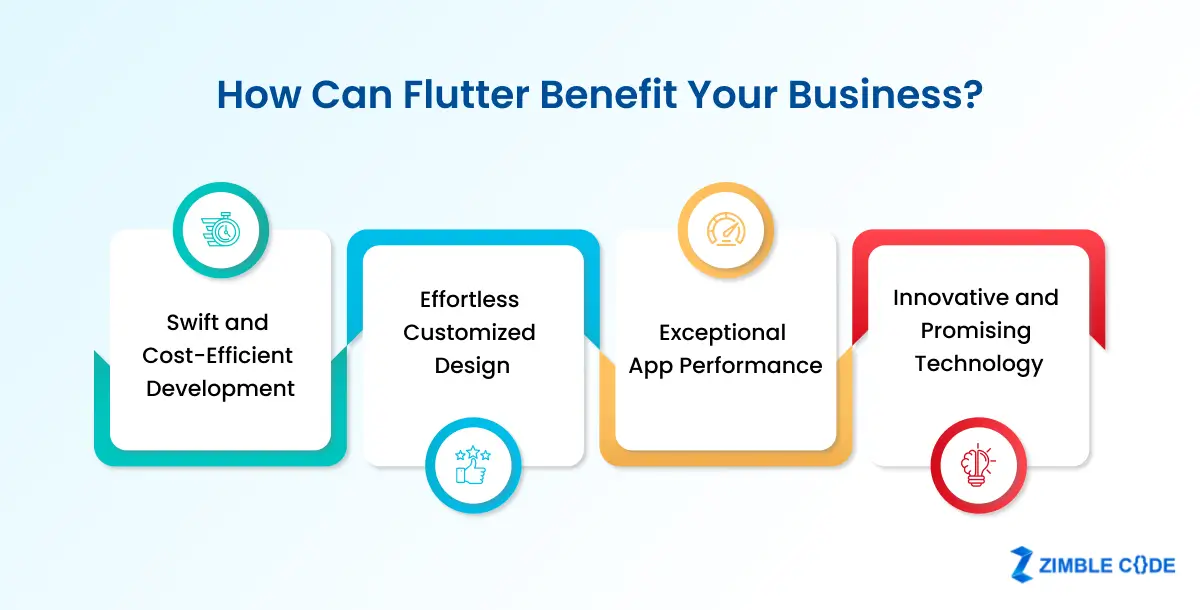
- Swift and Cost-Efficient Development: Developing a cross-platform app with Flutter requires just half the time compared to building two separate native apps. While other frameworks make similar claims, Flutter offers a highly refined Minimum Viable Product (MVP) with nearly native-like aesthetics and performance.
- Effortless Customized Design: Flutter offers an excellent avenue for crafting apps with distinctive and memorable designs. Compared to other cross-platform solutions, Flutter demands less time for fine-tuning the user interface.
- Exceptional App Performance: Flutter mobile apps utilize natively built code, eliminating the need for a JavaScript bridge. This conversion of Dart code into the platform’s native code ensures rapid app launches and minimal performance issues, even when incorporating rich and customized user interfaces for Android and iOS platforms.
- Innovative and Promising Technology: The Flutter SDK receives updates every three months, incorporating new features, improving stability, and enhancing performance. Google actively supports and employs Flutter, making it a reliable choice for the long term, capable of keeping pace with the latest Android and iOS advancements.
Read Also – 10 Technical Benefits Of Using Flutter In Mobile App Development
What Kinds of Applications Can You Build with Flutter?
As previously highlighted, you can hire Flutter app developers in Melbourne to craft visually appealing and interactive applications compatible with multiple operating systems. However, let’s delve into the specific categories of apps for which Flutter stands out:
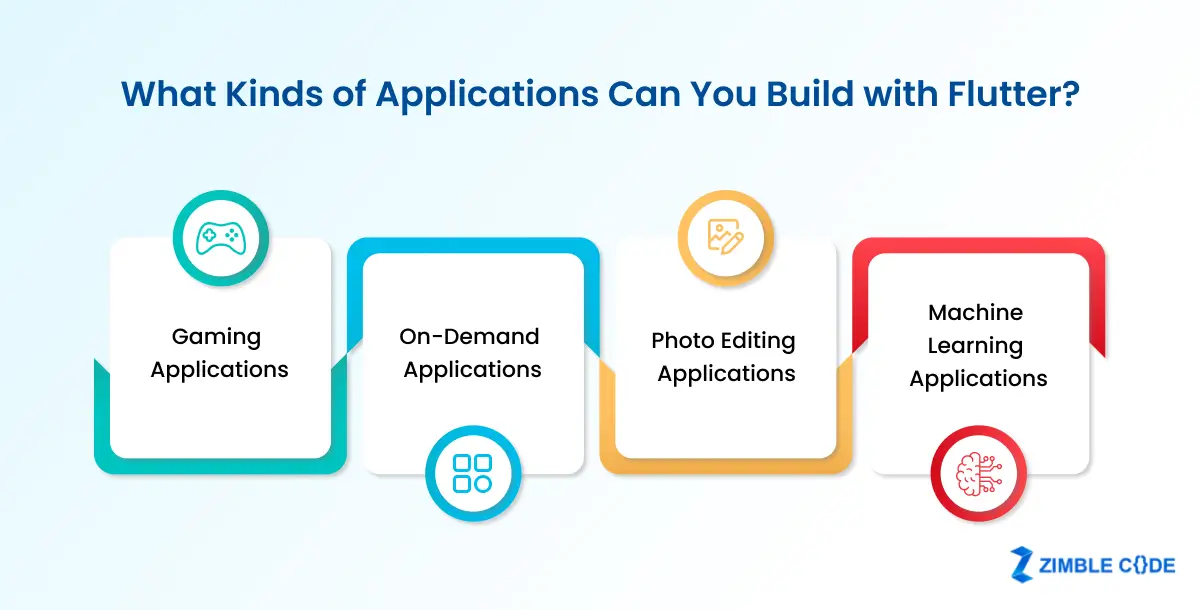
- Gaming Applications: Flutter’s hallmark attributes, such as high efficiency and speed, make it an ideal choice for gaming applications. Speed and smooth performance are paramount for gaming apps’ success, as users expect swift and glitch-free experiences. Flutter app development excels in delivering high-performance gaming apps and seamlessly integrates innovative augmented reality (AR) capabilities.
- On-Demand Applications: On-demand applications have witnessed remarkable growth recently, accelerated by factors like the COVID-19 pandemic and associated mobility restrictions. Flutter app development shines in this domain, offering exceptional performance, stunning design options, and a user-friendly interface, making it perfect for creating on-demand apps.
- Photo Editing Applications: As the popularity of social media platforms such as Instagram continues to grow, where images play a central role in communication, there is a rising demand for user-friendly photo editing applications. Flutter is a superb tool for designing intuitive and feature-rich photo editing apps, complete with advanced functionalities and personalized recommendations.
- Machine Learning Applications: The burgeoning trend of machine learning (ML) in mobile app development, enabling customization and precise sales predictions, aligns seamlessly with Flutter’s dynamic growth. Flutter offers a plug-in that grants access to Firebase ML components and kits, allowing even novice Flutter developers to integrate ML features such as facial or voice recognition into their apps without extensive coding expertise.”
Conclusion
Flutter has revolutionized app development, making it swifter, more straightforward, and cost-effective. With Flutter app development, businesses can create apps that closely mimic native ones while keeping expenses in check, all while enjoying compatibility with Android and iOS operating systems.
If you want assurance that Flutter is optimal for your project, consider scheduling a complimentary consultation with Zimble Code. As a seasoned app development company in Melbourne, Australia, we possess a wealth of knowledge and experience that we’re eager to impart to others.
Frequently Asked Questions (FAQs)
Q1. Does Flutter include a framework?
Absolutely! Flutter comes bundled with a contemporary framework inspired by React. The design of Flutter’s framework emphasizes modularity and adaptability, allowing developers the flexibility to cherry-pick specific components or even substitute upper layers of the framework entirely.
Q2. Does Flutter offer widgets?
Certainly! Flutter provides a comprehensive collection of top-notch widgets, layouts, and themes in Material Design and Cupertino (iOS-style) aesthetics. However, it’s important to note that these widgets serve as a solid foundation and facilitate the effortless creation of your unique widgets or the fine-tuning of existing ones.
Q3. What occurs when my mobile operating system undergoes updates and introduces fresh platform functionalities?
Flutter’s interoperation and plugin system is intentionally structured to enable developers to promptly harness the latest features and capabilities of the updated mobile OS. There’s no need for developers to anticipate the Flutter team to expose these newly introduced mobile OS capabilities.

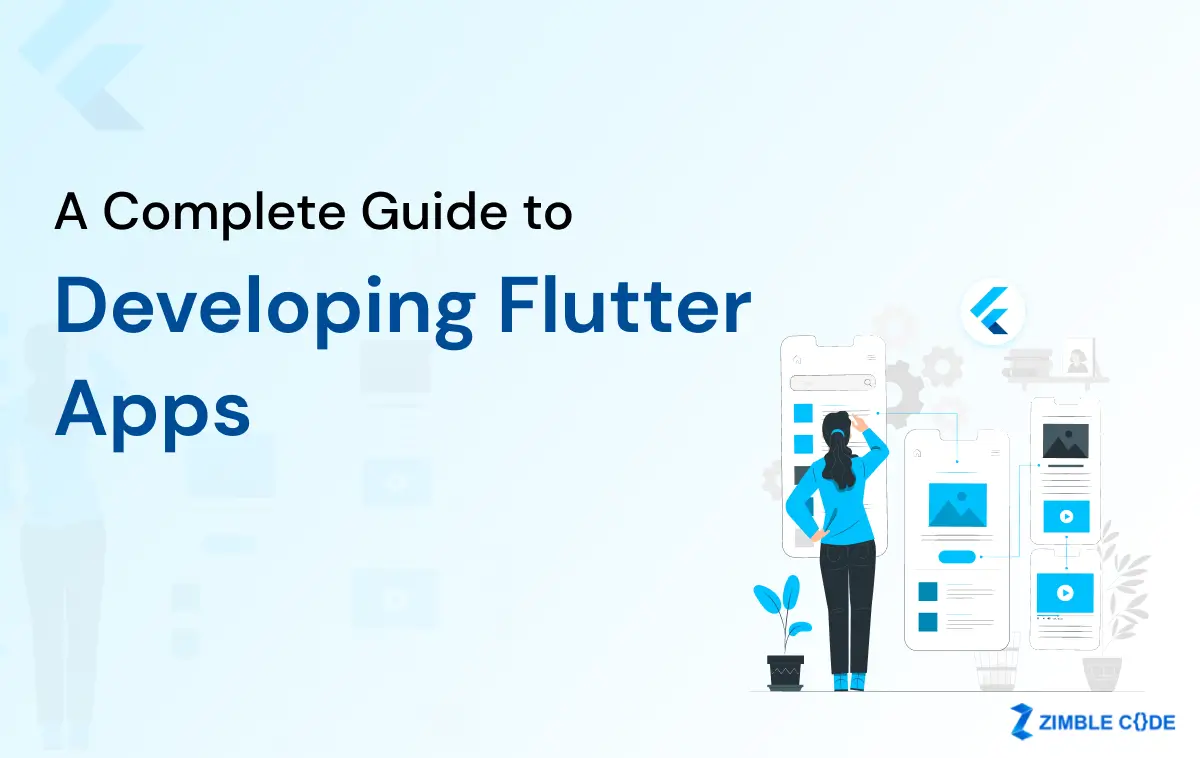
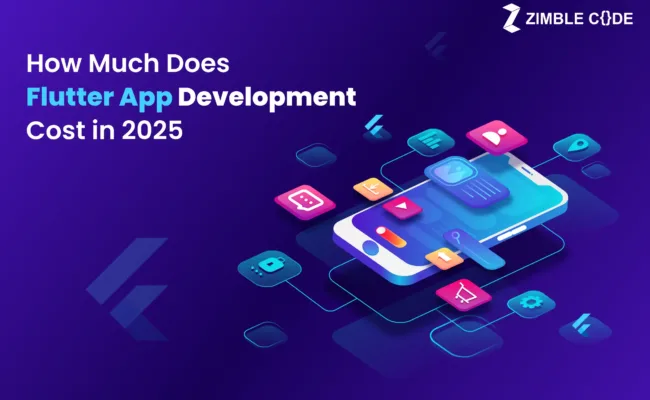
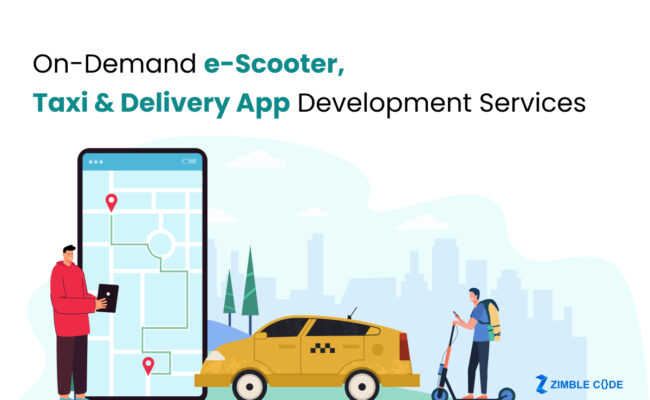
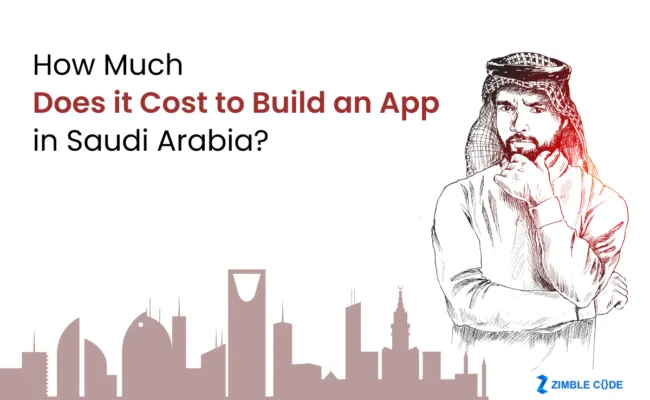
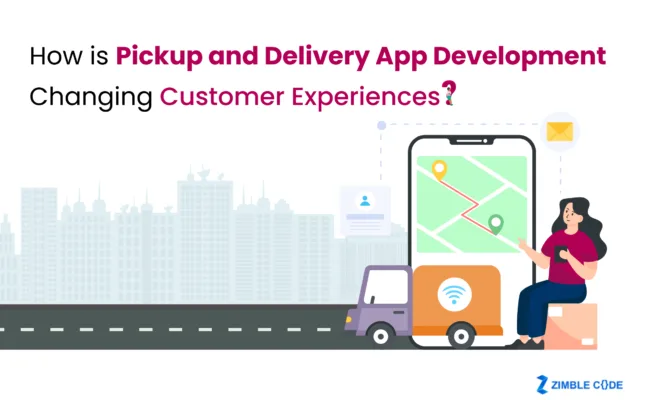
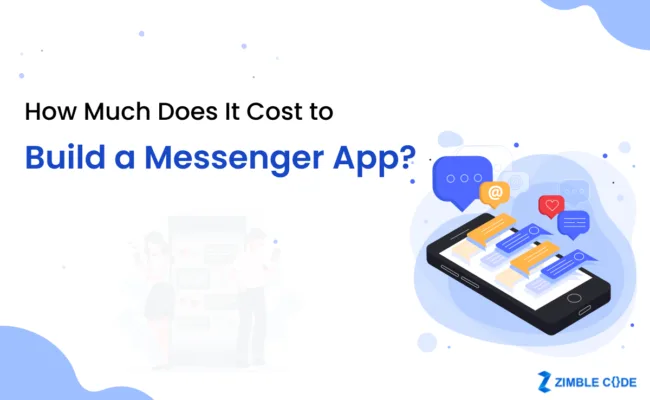

Leave A Comment